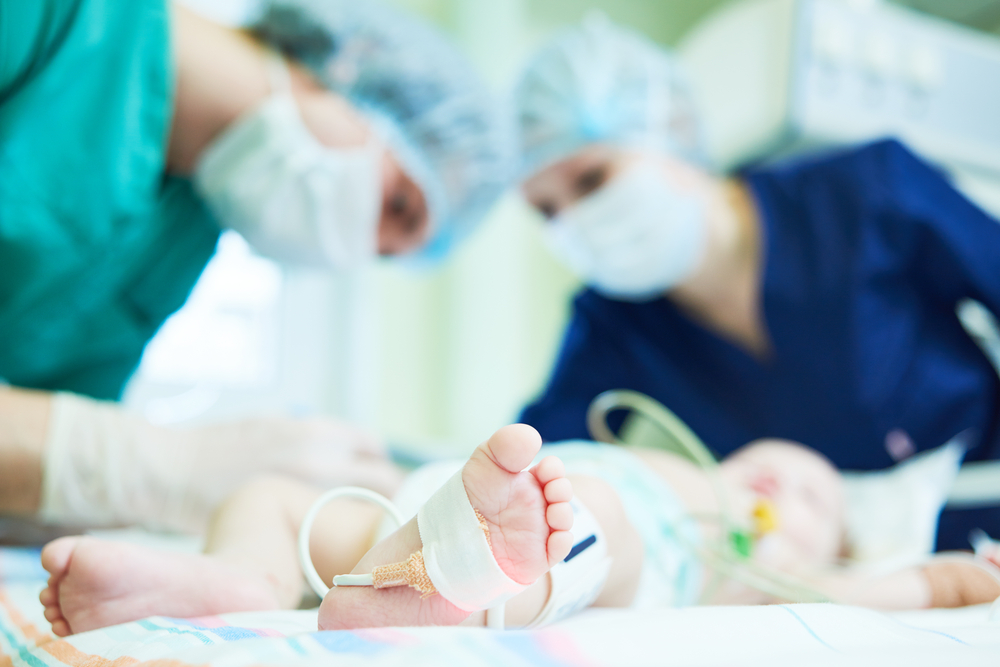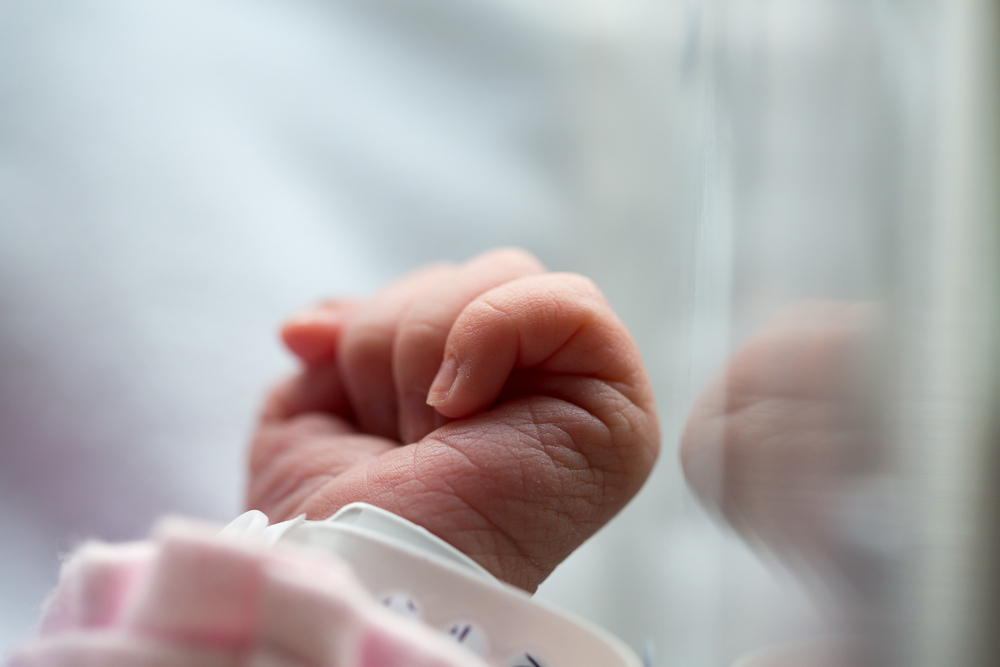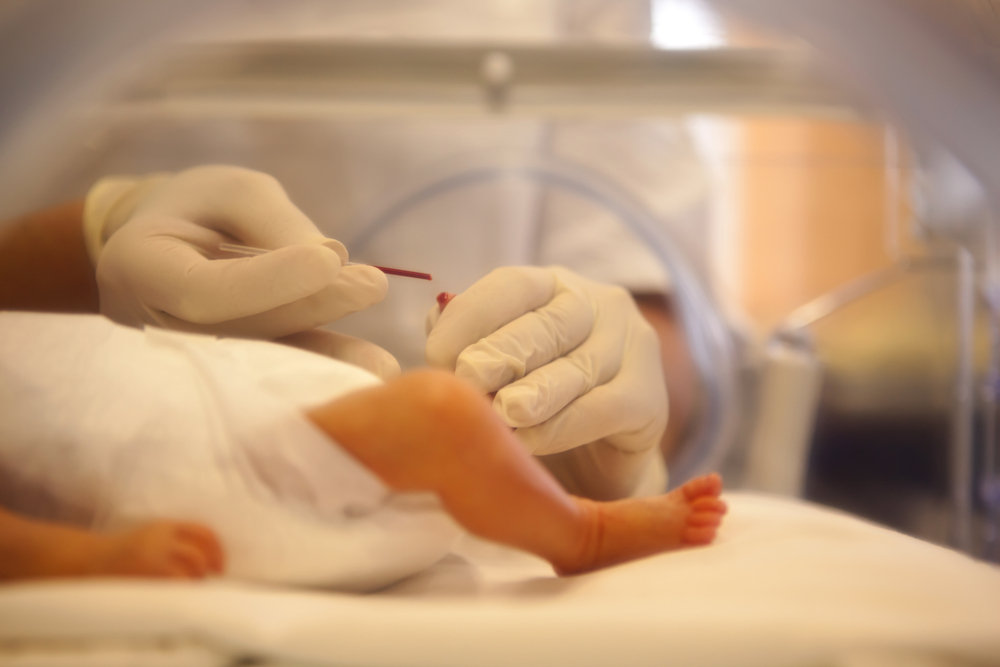Just like you may have some unplanned events during pregnancy such as induced labour, after pains and sometimes neonatal conjunctivitis, your newborn may also undergo some unwelcome events just after birth. Here’s the fact: your baby’s circulation and breathing patterns are different from yours. It changes just after birth due to some sensations that your baby gets such as touch, light, change in temperature, and others.
In most cases, a baby begins to breathe right after birth. However, this isn’t always the case, hence the need to assist or resuscitate the baby.
In this article, you’d get to understand what neonatal resuscitation is; when it becomes necessary, the equipment used, and 10 steps in resuscitating a neonate.

Don’t Stop Reading!
Table of contents:
What is Neonatal Resuscitation?
This is a series of emergency procedures that revives a newborn who isn’t breathing or is gasping or has a weak heartbeat at birth. Although this procedure may seem really scary at first glance, it is safe, effective, and performed by trained medical staff.

Now, let’s consider the events that may lead to a newborn needing resuscitation.
Why Would A Baby Need Resuscitation?
The probability of a neonate needing resuscitation is high in cases of:
- Multiple birth e.g. twins
- Preterm babies
- Low birth weight babies
- Prolonged labor
- Bleeding during pregnancy
- Infection in the mother
However, it helps to remember that this list isn’t absolute. Your baby may tick any of the boxes listed above without needing resuscitation at birth.
Necessary Equipment for Neonatal Resuscitation
Here’s the fact: No matter how smooth or ‘normal’ your pregnancy and delivery is going, it is the standard medical practice to anticipate and prepare adequately for neonatal resuscitation. As a result, every efficient delivery room must have a healthcare professional skilled in neonatal resuscitation.
This is just your hospital’s way of ‘leaving no stone unturned’.
Furthermore, the delivery room should also have the following items so as to aid the resuscitation:
- Good light source in the labor room to assess the baby
- Extra bulb and batteries
- Clock (for timing)
- Scissors
- Clean towels
Others include:
- Respiration tools:
- Stethoscope
- Ambu bag with a baby-sized mask
- Cardiorespiratory monitor and leads for neonates
- Neonatal pulse oximeter monitor and leads
- Carbon dioxide detectors
- Oxygen supply with blender
- Positive Pressure Ventilation (PPV)
- Blood pressure monitor
- Endotracheal tubes
- Laryngoscope
- Suction tools:
- Bulb syringe
- Feeding tube
- Mechanical suction
- Suction tubing, catheters and canister
- Meconium aspirator
- Others:
- IV catheters
- Epinephrine (a drug)
- 10% dextrose in water
- Normal saline solution
- Syringes
- Sterile dressing materials
What Are The Warning Signs?
As it is with many other medical emergencies, there may be a few warning signs that indicate the need for neonatal resuscitation.
These include:
- Any abnormality recorded on the CTG
- Abnormal breathing
- Poor cry
- Cyanosis (bluish discoloration of the lips and tongue)
- Low heart rate
Thankfully, your doctors and nurses are trained to watch out for these signs during and after labor. Therefore, all you have to focus on is staying healthy and strong enough to care for your little one.
10 steps in neonatal resuscitation
The American Heart Association has laid down the following steps to be followed in neonatal resuscitation:
1. Management of the umbilical cord
The umbilical cord is an important structure during pregnancy. After delivery, doctors wait for about one minute before clamping and cutting the cord to make sure that the baby is breathing properly.
This is usually the first step of resuscitation.
2. Hypothermia prevention
Hypothermia simply means low body temperature. The baby is wrapped in a warm, dry cloth and rubbed gently to help raise the temperature.
Interestingly, hypothermia can also be prevented by increasing skin-to-skin contact between mother and child.
The fact is, even in healthy newborn babies, this promotes breastfeeding, improves glucose stability, and prevents hypothermia. The American Heart Association recommends that the baby’s temperature stays between 97.7°F (36.5°C) and 99.5°F (37.5°C).
This is due to the need to keep the baby’s new environment as close to the womb environment as much as possible.
3. Improve touch stimulation
Studies show that rubbing the back and soles of the feet of newborns with breathing problems is really helpful. Remember, touch is one of the stimuli that sensitizes a baby that he or she is out of the womb and needs to adapt to the new environment.
4. Clear the airway
The newborn’s mouth and nose are suctioned gently to remove any secretions blocking the airway. This can be done with a bulb syringe. However, babies with meconium-stained amniotic fluid (MSAF) at birth and airway obstruction after birth may need a more direct approach.
5. Ventilatory support
Newborns who start gasping within 60 seconds after birth or with persistently low heart rate (less than 100 beats per min) must be placed on a ventilator.
Thankfully, this usually helps to improve breathing.

6. Oxygen administration
The next step in the process is to provide the baby with oxygen. Interestingly, oxygen administration in neonates is a unique process.
This is because 100% oxygen may even worsen the situation. As a result, experts only recommend the use of Positive Pressure Ventilation (PPV) in term and preterm babies.
7. Assess the baby’s heart rate
Electrocardiography provides a quick and accurate estimation of the heart rate during the process of resuscitation. This important examination monitors a baby’s heart rate and the electrical activity patterns during resuscitation.

8. Chest compressions
If the heart rate is still lower than 60 beats per minute after 30 seconds of ventilation, the next step is to start chest compressions.
9. Secure intravascular access
For babies who do not respond to ventilation and chest compressions, they will require epinephrine and/or a volume expander to improve breathing. In most cases, the umbilical vein is the recommended route for access into a baby’s bloodstream.
10. Administration of epinephrine and volume expansion
Epinephrine helps the heart contract faster.
This drug is required in newborns who still have low heart rates after 60 seconds of chest compressions and ventilation.
If the newborn still does not respond to epinephrine and there is known or suspected blood loss, a volume expander like normal saline is administered.
When To Stop Resuscitation
Most times, the steps listed above should be enough to resuscitate a baby.
However, if all the steps are completed and there is no obvious improvement, the newborn may require tracheal intubation and transfer to the neonatal intensive care unit (NICU).

Usually, the doctor should stop resuscitation attempts 10 to 20 minutes after birth (depending on the country).
Post resuscitation care
Babies who have been resuscitated should be closely monitored in the neonatal intensive care unit (NICU) until their condition has stabilized.
Conclusion
Finally, all you have to do is trust your doctors and hope for a good outcome. Although the resuscitation process may seem scary at first, it may also be the vital step between your little one and a healthy life.
We are always here to help.
References
Anne CC Lee, Simon Cousens, Stephen N Wall, Susan Niermeyer, Gary L Darmstadt, Waldemar A Carlo, William J Keenan, Zulfiqar A Bhutta, Christopher Gill and Joy E Lawn (2011). Neonatal resuscitation and immediate newborn assessment and stimulation for the prevention of neonatal deaths: a systematic review, meta-analysis and Delphi estimation of mortality effect. BMC Public Health 11, S12 (2011). Accessed on 25th January, 2022 from https://doi.org/10.1186/1471-2458-11-S3-S12
Indu A Chadha (2010). Neonatal resuscitation: Current issues. Indian Journal of Anaesthesia. Sep-Oct; 54(5): 428–438. Accessed on 25th January, 2022 from https://www.ncbi.nlm.nih.gov/pmc/articles/PMC2991653/#__ffn_sectitle

